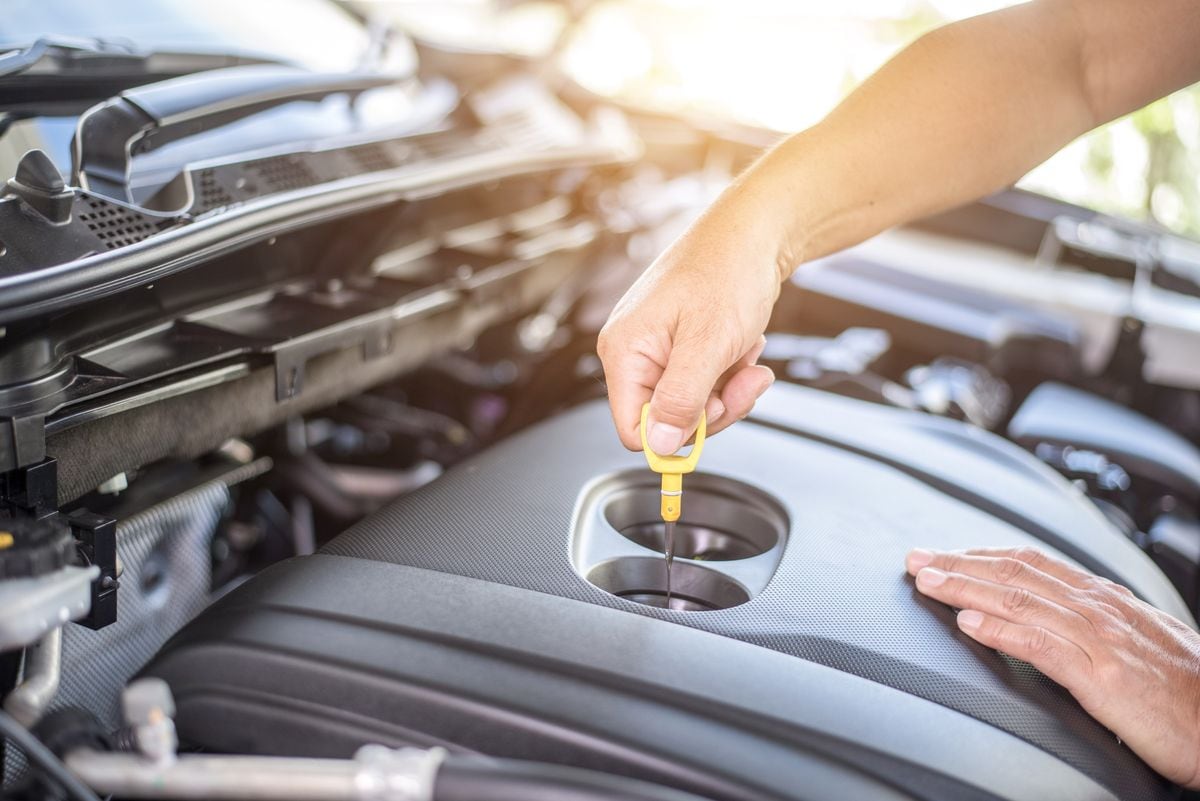

Modern vehicles are mechanical devices with thousands of parts that need occasional attention and may eventually require replacement. Taking care of your vehicle is quick, easy, and cheap; well-maintained vehicles last longer and hold more value. Checking the oil level is a simple way to ensure your car's engine is healthy, and replacing the oil filter regularly helps the engine run optimally. Below are the top things Bayside recommends doing for vehicle maintenance:
Check Oil Level
• Oil is essential for maintaining a healthy engine.
• Most cars don't require additional oil between recommended changes, but it's important to check periodically.
• Pull out the dipstick and look at the tip; if it's between minimum and maximum lines, there's enough oil.
• To add oil, twist off the cap marked with an oil-can symbol.
• Clean oil is just as important as enough oil - follow the owner's manual for recommended mileage intervals for an oil change.
Windshield Washer Fluid
• It is important to check the windshield-washer reservoir regularly, especially during winter when the road muck and salt can affect visibility.
Windshield Washer Fluid
• It is important to check the windshield-washer reservoir regularly, especially during winter when the road muck and salt can affect visibility.
• The reservoir can be located under the hood, and is often made of translucent plastic allowing you to visually check the level.
• To check it, pop the reservoir cap (marked with a wiper icon) and fill it with washer fluid.
• Water should not be used as this can freeze in cold temperatures and render your wipers useless. Washer fluid containing alcohol is recommended for year-round use.
Check Tire Pressure
Bayside wants your vehicle to be top notch! Checking to make sure these are in great condition. If you need help or in need of a service for your vehicle Bayside can help you with that. Give us a call at 240-309-4029. Bayside has the best service in Hollywood, Maryland. Call today! Check Tire Pressure
• Newer cars have a tire-pressure warning light but older cars do not.
• A tire-pressure gauge should be purchased from an auto-parts store for accurate readings.
• The driver's door pillar includes proper inflation pressure for cold tires.
• Tires warm up and pressures rise when driven on, so the psi should be raised by three after driving a few miles.
• Tire pressures should be checked monthly for a couple of months, then quarterly if consistent readings are found.
Radiator
• Check the coolant reservoir located under the hood for the level of coolant - it should be between the min and max lines when the engine is cold.
Tire Check
• When tires wear down, they become unsafe on wet roads.
Radiator
• Check the coolant reservoir located under the hood for the level of coolant - it should be between the min and max lines when the engine is cold.
• Add antifreeze to the reservoir if levels are low, but never attempt to refill through radiator cap while engine is warm.
• Recheck coolant levels monthly if initially low. If levels keep decreasing, take car to a dealer or repair shop.
• Coolant lasts years, but eventually needs replacing - check owner's manual for how often suggested by the manufacturer.
Check Break Fluid
• For most cars, the brake-fluid reservoir is translucent plastic and can be checked to ensure it is full.
Check Break Fluid
• For most cars, the brake-fluid reservoir is translucent plastic and can be checked to ensure it is full.
• Low brake fluid levels should be refilled and checked weekly. If the fluid continues to go down, seek professional repair service.
• Brake fluid should be replaced at regular intervals according to manufacturer's intervals specified in the owner’s manual.
• Brake pads can last for 20,000 miles or more, depending on car and driving conditions. If a car is under warranty, scheduled maintenance check-ups include an inspection of the brake pads.
• Older cars will require a mechanic or knowledgeable friend to check the remaining life on brake pads; not waiting too long may avoid damage to car's rotors from worn-through pad linings.
Tire Check
• When tires wear down, they become unsafe on wet roads.
• To check tread depth, use a penny to insert into the tread so that Lincoln's head is upside down; if all of Lincoln's head is visible, the tread grooves are too shallow and tires should be replaced.
• Tires should be rotated front to rear annually and winter tires may be necessary in cold-weather states.
• Occasional tire checks can ensure safe driving; more extensive maintenance may require professional attention.